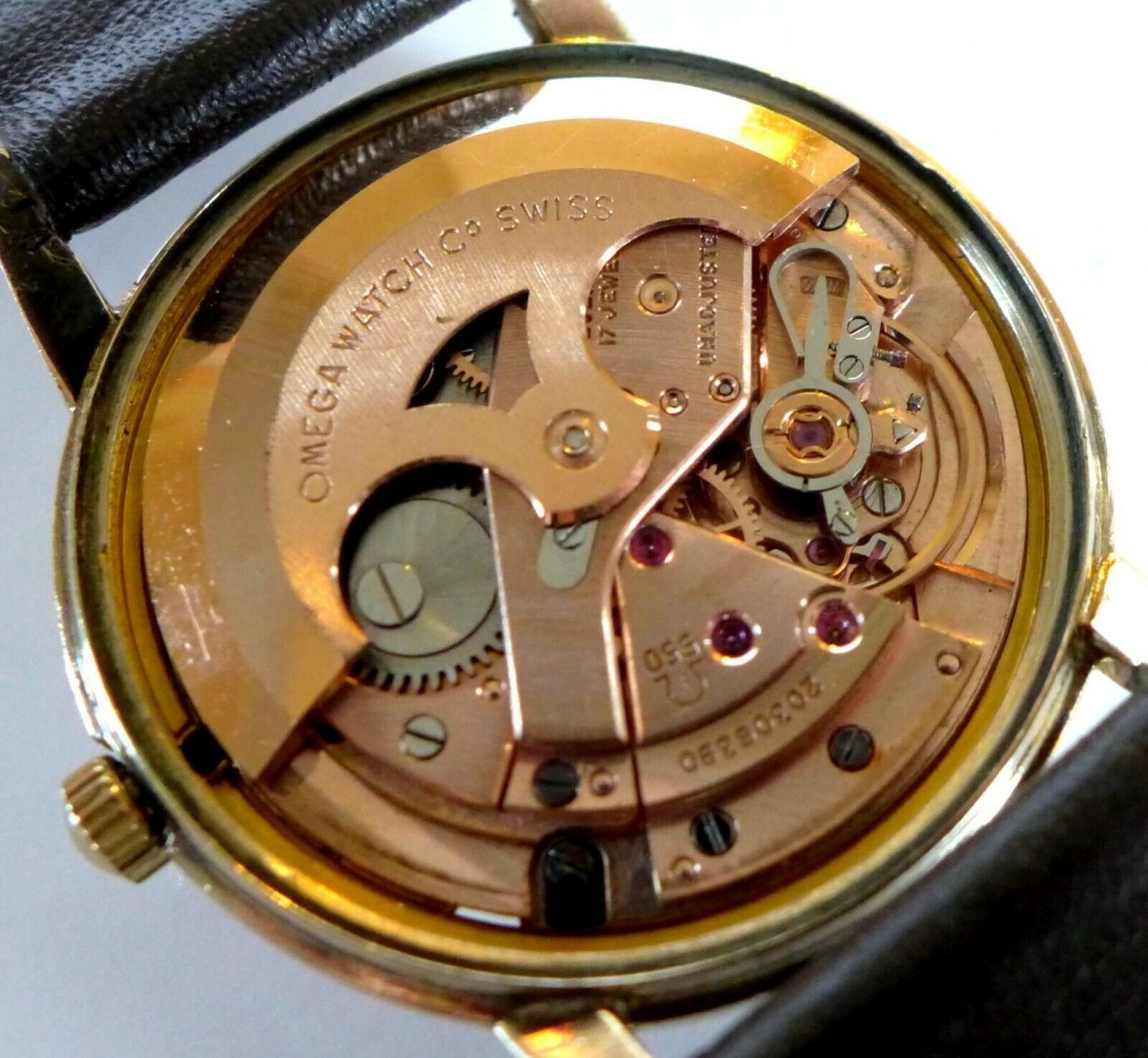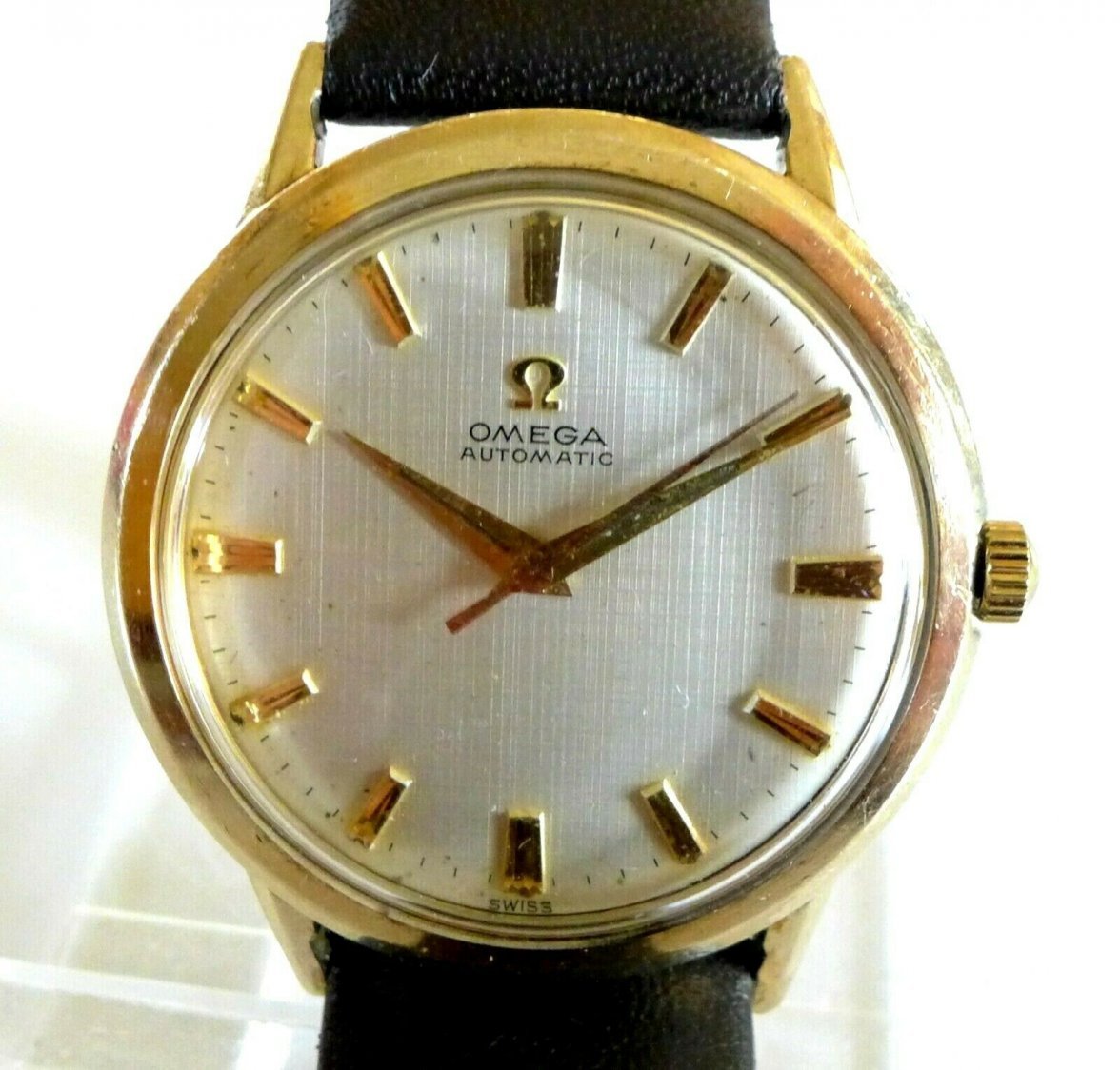Caliber 550 adjusted or not
X350 XJR
··Vintage Omega AficionadoNot to be flippant, just because, nothing more. There are many things Omega which don't have an easy clear-cut reason.
Fritz
·Some years ago some countries base their import taxes on the quality of a watch. Companies will mark certain watches as unadjusted to avoid higher duties.
VetPsychWars
·Some years ago some countries base their import taxes on the quality of a watch. Companies will mark certain watches as unadjusted to avoid higher duties.
Exactly this.
Tom
Stosh
·Similar rules affect certain firearms on whether or not they're allowed in the US.
padders
··Oooo subtitles!The smoking gun here is the fact you are looking at the 550 which is a reduced jewel count version of the 55X series specifically for the US and other markets where tariffs were in place based on jewel count and possibly other parameters. The 55x normally has 24 jewels, they removed quite a few to make the 550. I can’t say whether it makes a practical difference to accuracy or longevity but you could reasonably suggest it might. This is usually seen in the movement numbers ending in zero, eg 500, 550, 560, 750 and out of sequence 502 and 563. Lack of adjustments or for that matter initial chronometer rating means nothing 50 years down the line really.
Edited:
Caliber561
·The smoking gun here is the fact you are looking at the 550 which is a reduced jewel count version of the 55X series specifically for the US and other markets where tariffs were in place based on jewel county and possibly other parameters. The 55x normally has 24 jewels, they removed quite a few to make the 550. I can’t say whether it makes a practical difference to accuracy or longevity but you could reasonably suggest it might. This is usually seen in the movement numbers ending in zero, eg 500, 550, 560, 750 and out of sequence 502 and 563
Stosh
·I guess Omega knew what they were doing. Folks, I'm not kidding. The watch I posted above literally has not not dropped a second in three days. I've collected Omegas for many years and this is keeping better time than a 751 Connie I have.
Screw the jewels, LoL!😁
Screw the jewels, LoL!😁
Archer
··Omega Qualified WatchmakerAll of the jewels removed from the US-destined movements were ones used in the automatic module. I have not yet found a 55X 56X series watch with worn beryllium bronze bearings, and afaik the nearly negligible increase of friction in the auto module won't affect accuracy.
Not sure how many of these you have had in your hands, but the bushings wear frequently...latest example from a Cal. 550 from a few days ago:

I guess Omega knew what they were doing. Folks, I'm not kidding. The watch I posted above literally has not not dropped a second in three days. I've collected Omegas for many years and this is keeping better time than a 751 Connie I have.
Screw the jewels, LoL!😁
Like many modern non-COSC movements, they are certainly capable of running within the parameters people associate with COSC either right from the factory, or with a little bit of tweaking.
If the watch was marked adjusted, unadjusted, etc. means little currently for timekeeping performance. For vintage watches of decent quality to start with (which these certainly are), it all comes down to the condition of the movement and how skilled/diligent the watchmaker is when servicing the watch, and of course how much the customer wants to pay to replace parts that might affect accuracy.
In other words, I've serviced plenty of tired and worn out COSC movements that were a bear to get running well, and also plenty of non-COSC movements that were in very good shape and easily timed out with good results.
Cheers, Al
gatorcpa
··ΩF InvestiGatorUnder US customs laws still on the books today, watches with more than 17 jewels in the movement were assessed additional duties on each jewel (including the base 17).
When you consider that a very good quality watch (day an Omega or LeCoultre) sold for around $100 in the 1950’s, an extra $2 or $3 spent on customs duties was a big deal for the importers.
So their lower priced watches were generally 17 jewels in a US made case. The more expensive lines (like a Seamaster or Constellation) may have had Swiss gold cases or higher jewel counts, but they were priced accordingly to absorb the extra customs charges.
gatorcpa
When you consider that a very good quality watch (day an Omega or LeCoultre) sold for around $100 in the 1950’s, an extra $2 or $3 spent on customs duties was a big deal for the importers.
So their lower priced watches were generally 17 jewels in a US made case. The more expensive lines (like a Seamaster or Constellation) may have had Swiss gold cases or higher jewel counts, but they were priced accordingly to absorb the extra customs charges.
gatorcpa
Caliber561
·Maybe I've just been getting lucky. 🙄
In any case, I always figured that watches with such wear on the bearings were continuously used without having their lubrication refreshed. With the same care and lubrication afforded to ruby bearings, these components shouldn't experience such severe wear, right?
Archer
··Omega Qualified WatchmakerMaybe I've just been getting lucky. 🙄
In any case, I always figured that watches with such wear on the bearings were continuously used without having their lubrication refreshed. With the same care and lubrication afforded to ruby bearings, these components shouldn't experience such severe wear, right?
In my experience, very few watches get regular care and lubrication...so either the bushings are worn, or the pivots of the wheels are worn...or both.

